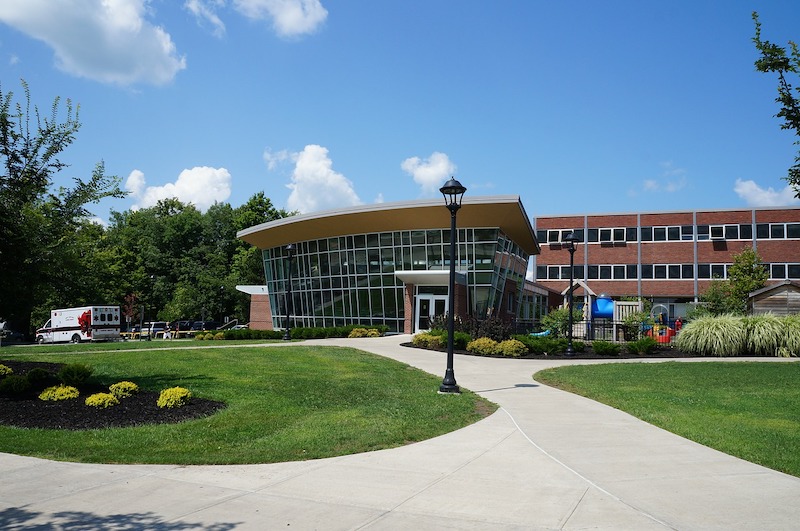The higher education industry faces an infrastructure backlog of $112.3 billion, according to a study by Gordian Partners and APPA, an association of educational facilities professionals.
Public institutions have a backlog of $76.1 billion, and their private counterparts face a $36.2 billion backlog. Broken down by type, the backlog is as follows:
· Research/Doctoral institutions: $40.8 billion
· Masters institutions: $29.5 billion
· Baccalaureate institutions: $14.3 billion
· Associates institutions (2-year/Community Colleges): $27.7 billion
“The findings of our partnership with Gordian this year continue to validate the need for a shift to integrated strategic planning designed to proactively drive institutional decision-making,” said E. Lander Medlin, executive vice president for APPA. “Without strategic investments or divestments, these numbers will continue to grow. Hence, it is critical we change the very way we do business.”
Colleges and universities should undertake “a reconsideration of the physical footprint and current space utilization, a realignment of renewal investments, and an effort to connect building health with smart technologies, and reimagination of the organizations used to serve higher education,” according to a news release.
Related Stories
| Sep 1, 2011
Project Aims to Automate Code Compliance Assessment
FIATECH, a consortium of owners from the industrial, power, and retail markets that build large structures, launched a project this year to validate the use of automation technology for code compliance assessment, and to accelerate the regulatory approval process using building models. Long-term objectives include the development of an extensive, open-source rule set library that is approved by industry and regulatory bodies for use by technology developers and code officials.
| Sep 1, 2011
EPA Says Additional Lead Paint Cleaning Rules Not Necessary
The EPA has concluded that current Lead: Renovation, Repair, and Painting Program (LRRP) cleaning requirements and lead-safe work regulations are sufficient to protect the public from lead dust hazards. “Our members have been instrumental in contacting legislators to detail the detrimental impact of the current LRRP," says Richard Walker, American Architectural Manufacturers Association’s president and CEO. “This collective industry voice has prompted the EPA to make the responsible decision to refrain from adding further, unnecessary costs to homeowners under the current economic climate."http://www.aamanet.org/news/1/10/0/all/603/aama-commends-its-members-congress-for-vacating-lrrp-clearance-rule
| Aug 11, 2010
Best AEC Firms of 2011/12
Later this year, we will launch Best AEC Firms 2012. We’re looking for firms that create truly positive workplaces for their AEC professionals and support staff. Keep an eye on this page for entry information. +







